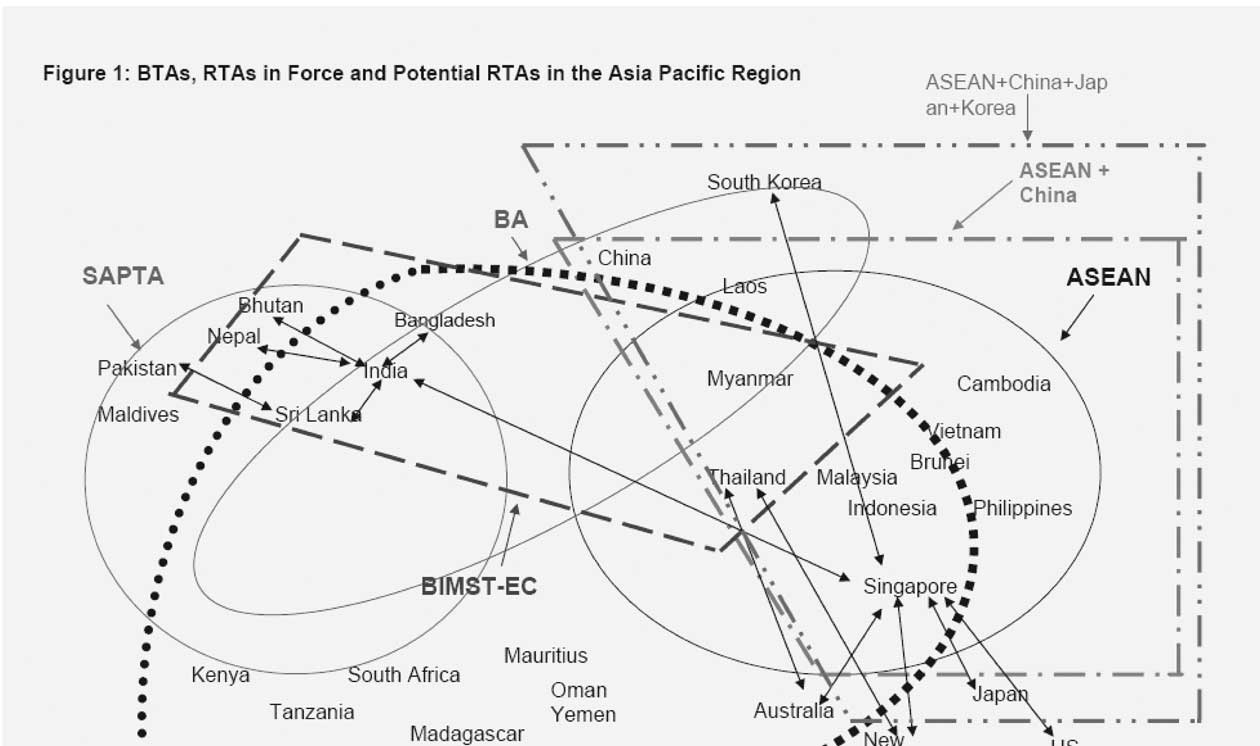
| Previous | Return to table of contents | Search Reports | Next |
| « Back to weltagrarbericht.de | ||
Development and Sustainability Goals: AKST Options | 189
for trade and investment creation and efficient behind-the-border reforms. While this agenda would be best adopted at the multilateral WTO level, it will require strong political support. Asia could play a significant leadership role by adopting these principles and by incorporating them in its bilateral and regional trade agreements. 5.8.4 Agriculture in the liberalizing process |
|
ASEAN member states impose higher agricultural tariffs than they face abroad. Nevertheless, some agreements are relatively liberal and the Early Harvest Program—China ASEAN, for example—provides for substantial inclusion of agricultural products in the liberalization exercise. A majority of the agreements do make provision for the eventual inclusion of most agricultural products, albeit with long transitional periods. The major agreement, AFTA, is the least liberalized of all the trading arrangements listed in a multilateral liberalization index of agricultural measures (Table 5-2). Thus, AFTA is not considered to be as good a building block for agricultural trade as it is for trade as a whole. 5.8.5 The region and the WTO |

Figure 5-2. BTAs, RTAs in force and potential RTAs in the Asia-Pacific region. Source: Samaratunga and Thibbotuwawa, 2006.
| Previous | Return to table of contents | Search Reports | Next |
| « Back to weltagrarbericht.de | ||